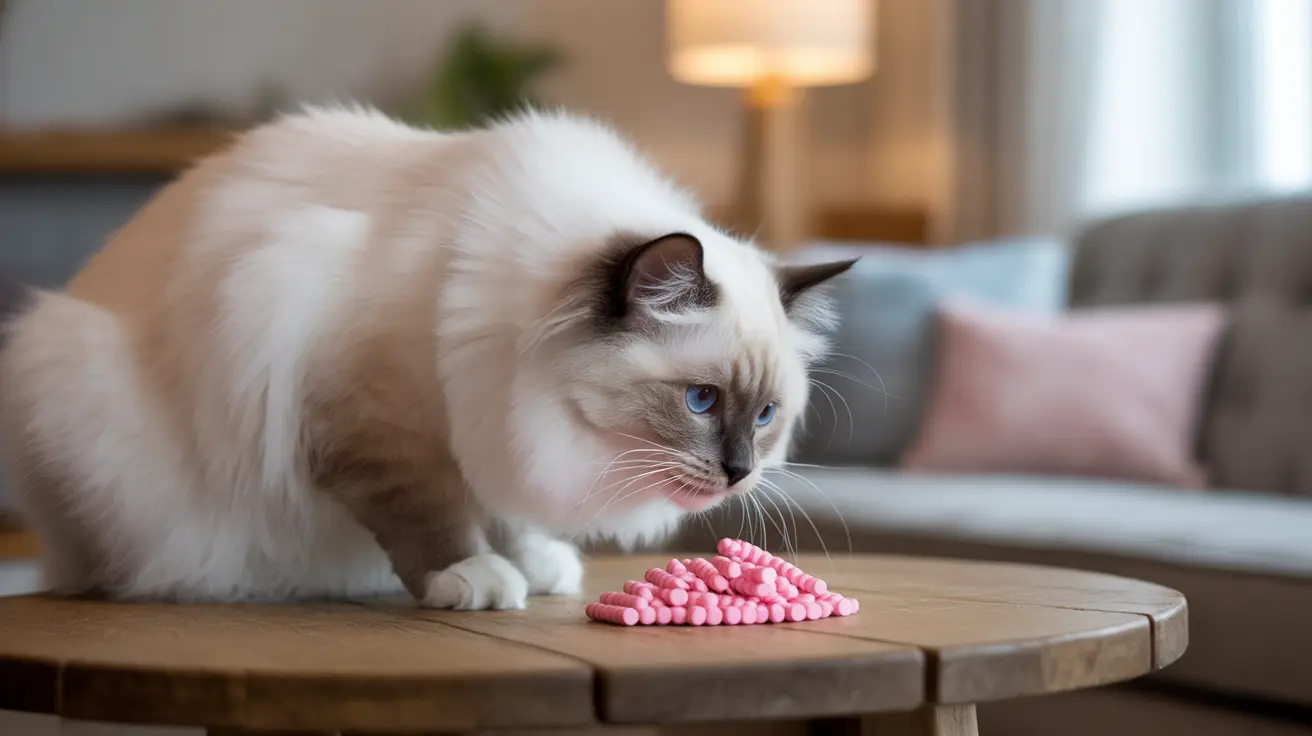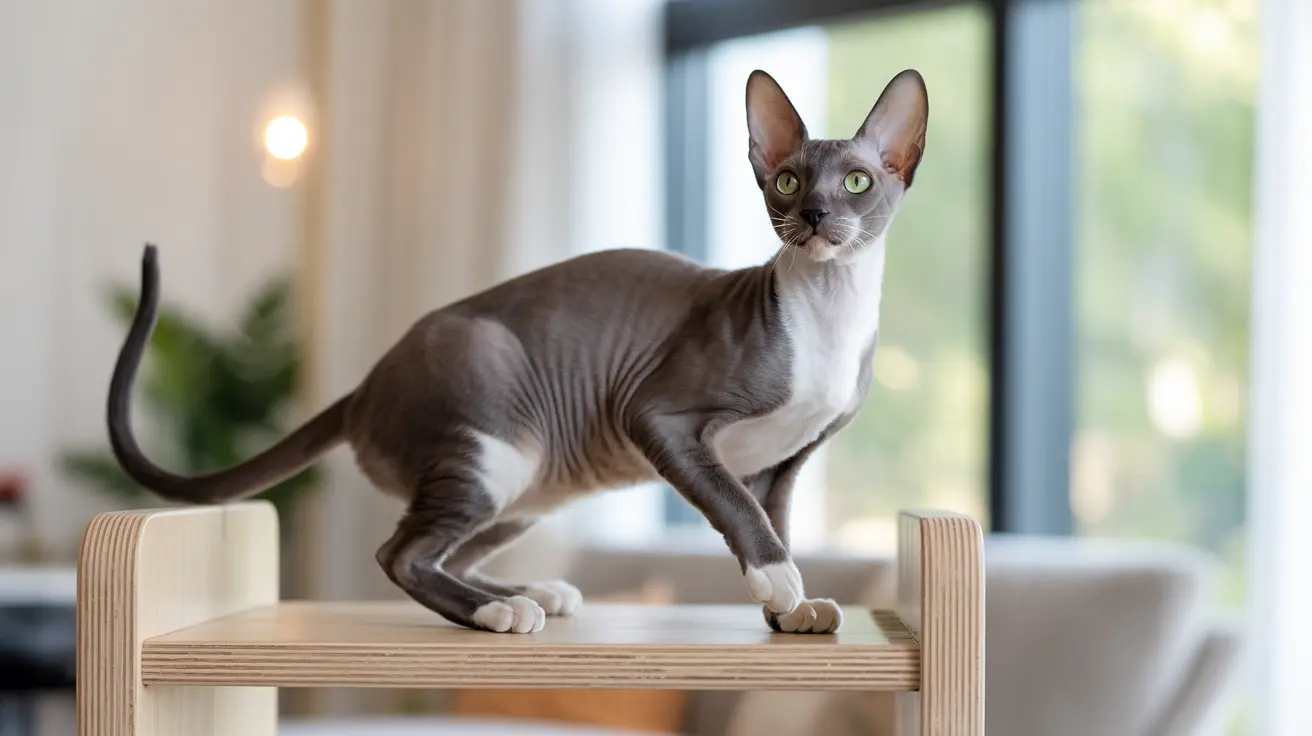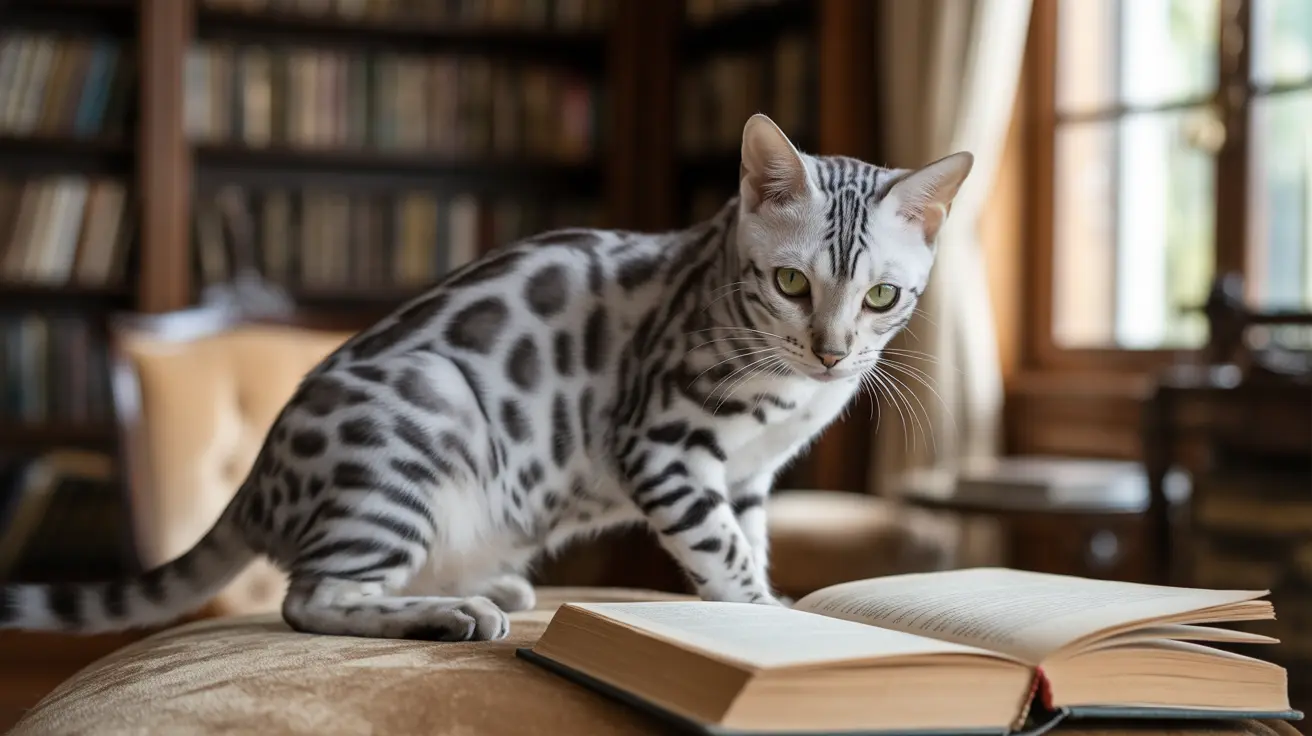Introduction
The Cavalier King Charles Spaniel stands as a testament to centuries of refined breeding, evolving from a noble lap warmer in British royal courts to one of today's most beloved family companions. These elegant dogs, representing the perfect blend of aristocratic heritage and modern adaptability, have captured hearts worldwide with their gentle temperament and affectionate nature.
Currently ranking as the 14th most popular dog breed according to the American Kennel Club (AKC), Cavaliers have earned their reputation as exceptional family pets through their unique combination of regal bearing and loving disposition. Their ability to adapt to various living situations, coupled with their inherent friendliness, makes them an ideal choice for both experienced dog owners and newcomers to pet parenthood.
Physical Characteristics and Appearance
Cavalier King Charles Spaniels possess a distinctive appearance that reflects their noble heritage. Standing 12-13 inches at the shoulder and weighing between 13-18 pounds, these compact dogs showcase the classic Spaniel breed origins in their elegant proportions and graceful movement.
Signature Features and Coat Varieties
The breed's most recognizable features include naturally floppy ears, a long elegant back, and a deep chest. Their luxurious, silky coat comes in four classic variations: Blenheim (chestnut and white), Tricolor (black, white, and tan), Ruby (solid red), and Black and Tan. Each color pattern carries its own distinct charm while maintaining the breed's characteristic refined appearance. The coat not only contributes to their visual appeal but also demands attentive grooming to keep it in prime condition.
Essential Grooming and Maintenance
Daily Care Routine
Proper Cavalier grooming requires consistent attention to maintain their signature coat's health and appearance. A thorough brushing session every 2-3 days using a pin brush helps prevent matting and distributes natural oils throughout their fur. The Spaniel brushing routine should be viewed as both a maintenance necessity and a bonding opportunity, creating enjoyable moments between pet and owner while ensuring the coat stays smooth and glossy.
Advanced Grooming Considerations
Monthly bathing typically suffices for maintaining coat cleanliness, though active dogs may require more frequent cleaning due to their playful or outdoor nature. Special attention should be paid to trimming the fur between their footpads and maintaining proper nail length to ensure comfort and minimize the risk of injury. While Cavalier shedding occurs year-round, regular grooming helps manage loose fur effectively, keeping both dog and home cleaner and reducing allergies among family members.
Health Management and Preventive Care
Common Health Concerns
Responsible ownership includes awareness of potential Cavalier health issues. Some of the most common concerns among this breed include:
- Mitral Valve Disease (MVD): A heart condition particularly prevalent among Cavaliers, requiring regular veterinary monitoring.
- Syringomyelia (SM): A serious neurological condition that can cause pain and mobility issues.
- Eye conditions: Such as cataracts and retinal disorders, which may affect vision over time.
- Joint problems like patellar luxation: Knee joint displacement is not uncommon in Cavaliers and can affect movement and comfort.
- Ear infections: Their floppy ears can trap moisture, making regular cleaning essential to prevent infection.
Preventive Healthcare Strategies
Proactive health care can greatly enhance the quality and length of life for Cavalier King Charles Spaniels. A comprehensive approach should include:
- Regular veterinary check-ups: These visits allow early detection and management of breed-specific health issues.
- Proper weight management: Monitoring diet and body condition helps prevent obesity, which can exacerbate other health problems.
- Consistent dental care: Regular tooth brushing and professional cleanings minimize oral health issues.
- Monitored exercise routines: Gentle, consistent walks and play protect joints and maintain cardiovascular health.
- Balanced nutrition: Following a feeding guide suited for Spaniels ensures all nutritional needs are met, supporting their overall well-being.
Training and Socialization
Training Cavalier puppies requires patience and positive reinforcement methods. Their eager-to-please nature makes them receptive to training, but consistency is key to reinforcing good behaviors. Basic obedience training—such as sit, stay, come, and leash manners—can begin as early as eight weeks old. Early socialization, exposing puppies to various people, animals, and environments, is critical in developing well-adjusted adults who demonstrate the characteristic Spaniel friendliness and confidence in different situations.
Exercise and Activity Requirements
While not high-energy dogs, Cavaliers benefit from regular moderate exercise. Two 20-30 minute walks daily, combined with interactive play sessions indoors or in a secure yard, are usually sufficient to meet their physical needs. Some owners explore dog sports such as agility, obedience, or rally, which provide both mental and physical stimulation, helping prevent boredom and reinforcing the strong bond between dog and owner.
Family Life and Adaptability
As one of the best dog breeds for families, Cavaliers excel in various household environments. Their gentle disposition makes them excellent companions for children, and they are generally tolerant of respectful play. Adaptable by nature, Cavaliers are content in both apartment settings and larger homes, provided their social and exercise needs are met. Their ability to thrive in different living situations, including urban and suburban settings, highlights their versatility as cherished family pets. Whether curled up on a couch or joining family excursions, the Cavalier is a loyal and affectionate companion.
Frequently Asked Questions
- What is the origin of the Cavalier King Charles Spaniel?
They originated in England's royal courts in the 16th century and were popular among aristocracy, often seen in portraits with nobility. - How often should you groom a Cavalier King Charles Spaniel?
Brush their coat every 2-3 days to prevent matting; bathe as needed to maintain skin and coat health. Consistent care keeps the coat lustrous and manageable. - Are Cavaliers good family pets?
Yes, they are affectionate, gentle, and adaptable, making them ideal for families with children or other pets. - What health problems are common in Cavaliers?
Common issues include heart disease (such as Mitral Valve Disease), ear infections, obesity, and certain neurological or joint concerns. Routine veterinary care can help manage these risks. - Do Cavaliers need a lot of exercise?
They need daily walks and play, but do not require intense exercise. Moderate, consistent activity is sufficient for their well-being. - Are Cavaliers easy to train?
Yes, they are intelligent and respond well to positive reinforcement methods during training, making them suitable for first-time dog owners. - Do Cavalier King Charles Spaniels shed?
Yes, they shed year-round with more noticeable seasonal shedding. Regular brushing manages loose fur and supports skin health. - How should you socialize a Cavalier puppy?
Expose them to people, animals, and new environments from a young age to encourage positive social behaviors and confidence. - Can Cavaliers live well with other pets?
They are friendly and usually get along well with other animals, making them good companions in multi-pet households. Proper introductions are recommended. - What is the typical lifespan of a Cavalier King Charles Spaniel?
Their average lifespan is around 12-15 years with attentive care, regular veterinary attention, and responsible breeding practices. - Why were Cavaliers bred with other small breeds?
Crossbreeding with Asian breeds like the Pug helped shape their current look and size, contributing to their recognizable appearance and endearing expression.
Conclusion
The Cavalier King Charles Spaniel combines the best qualities of a companion dog: affectionate nature, adaptable personality, and elegant appearance. While they require dedicated care and attention to their health needs, the rewards of sharing your life with these charming dogs far outweigh the responsibilities of ownership. Their enduring popularity as family pets proves that the breed's transition from royal courts to modern homes has been nothing short of successful.






